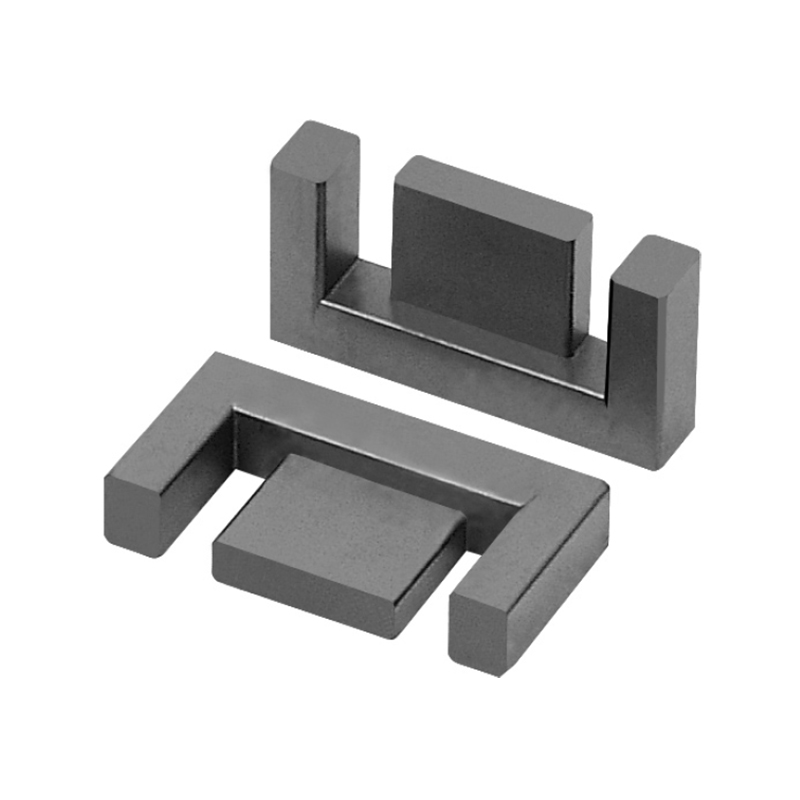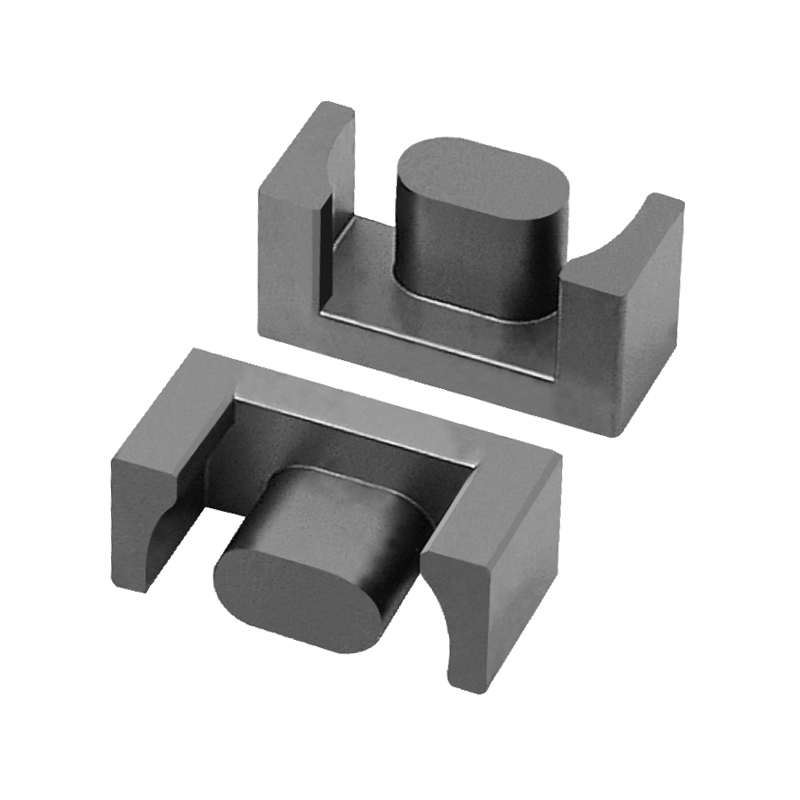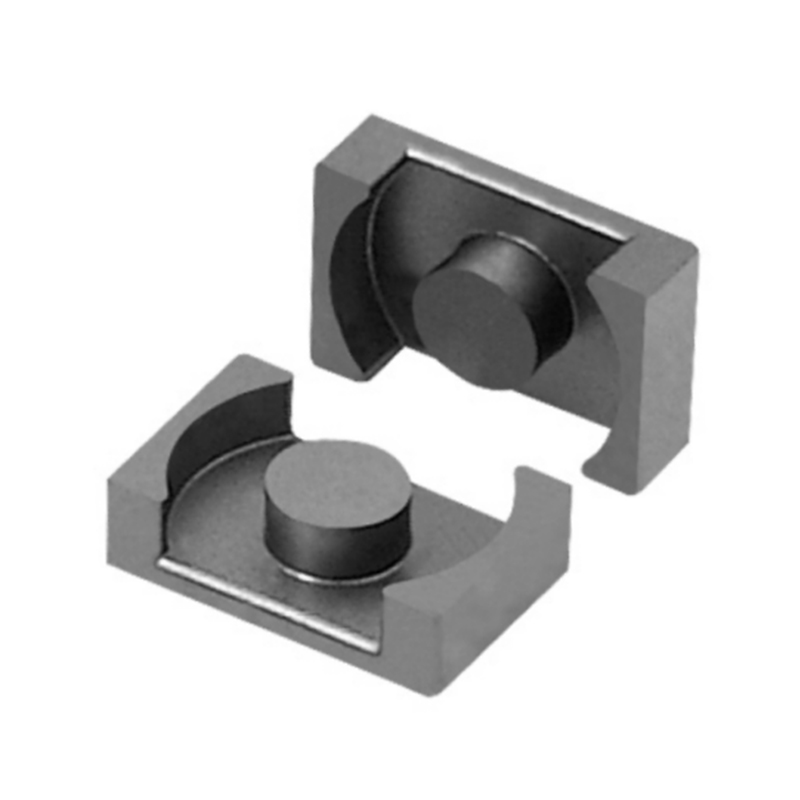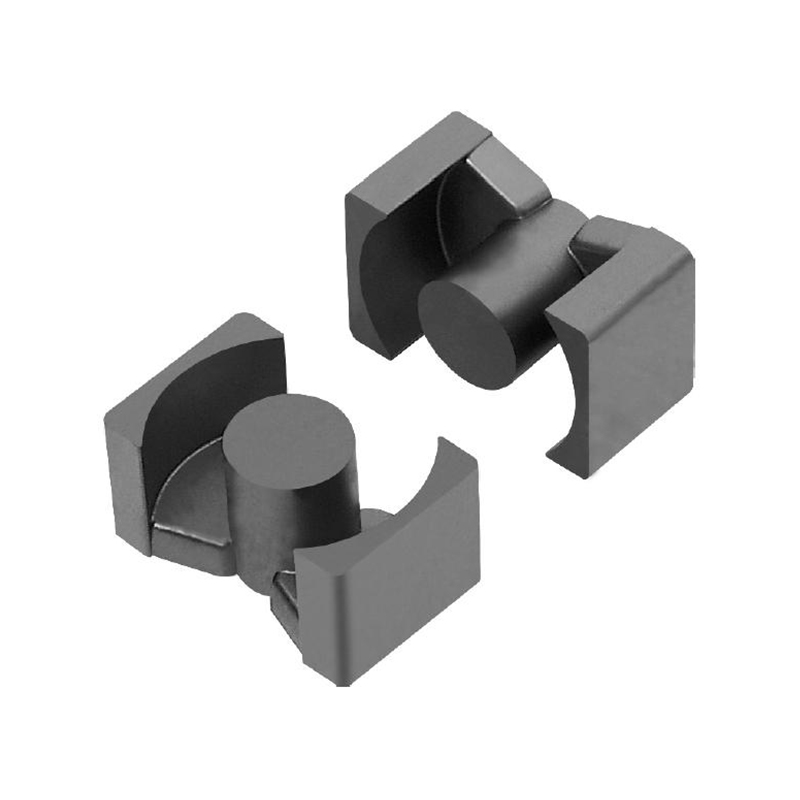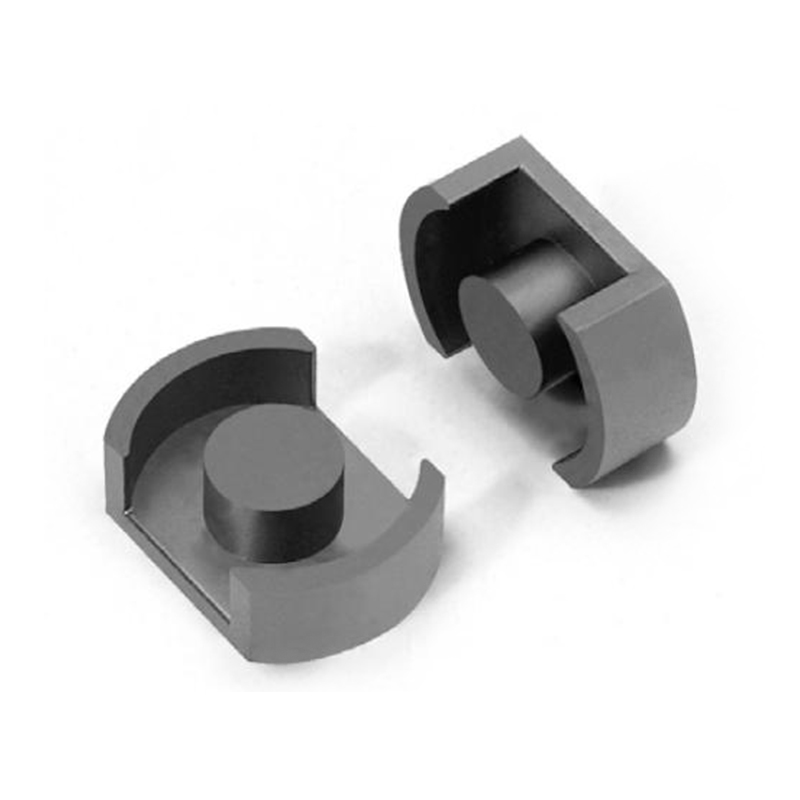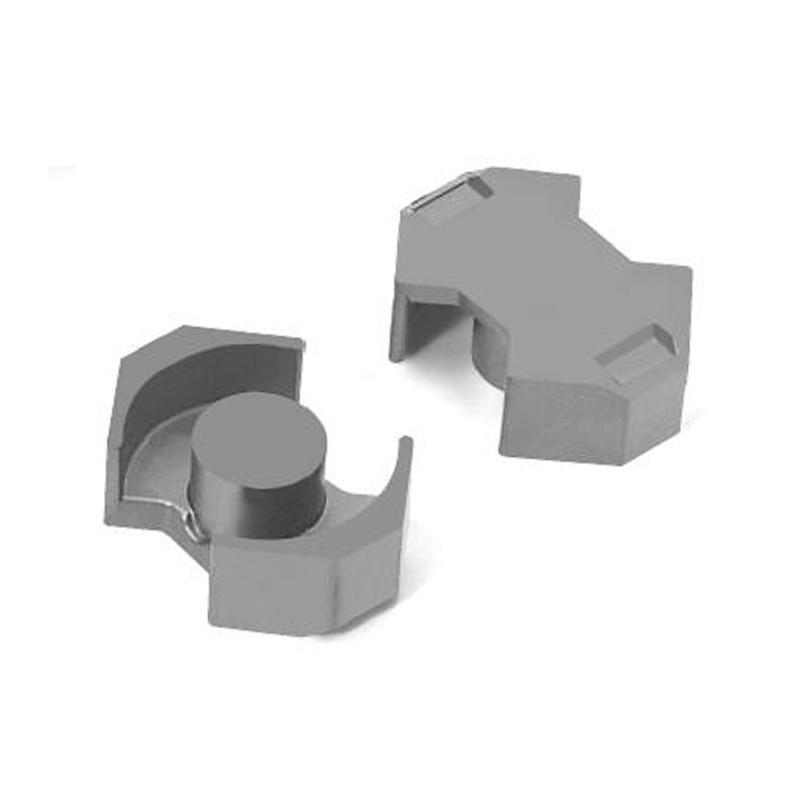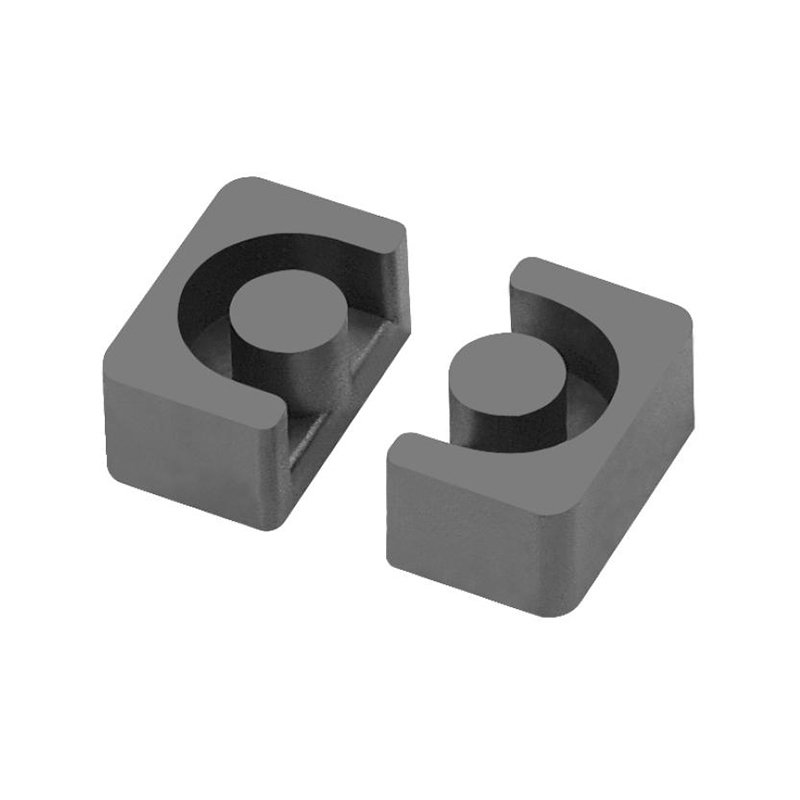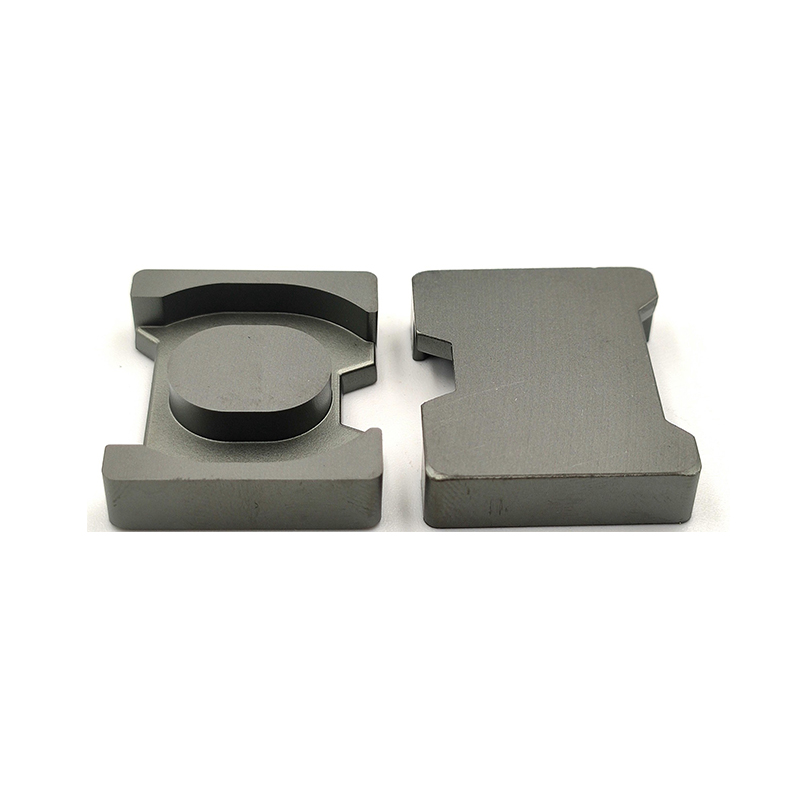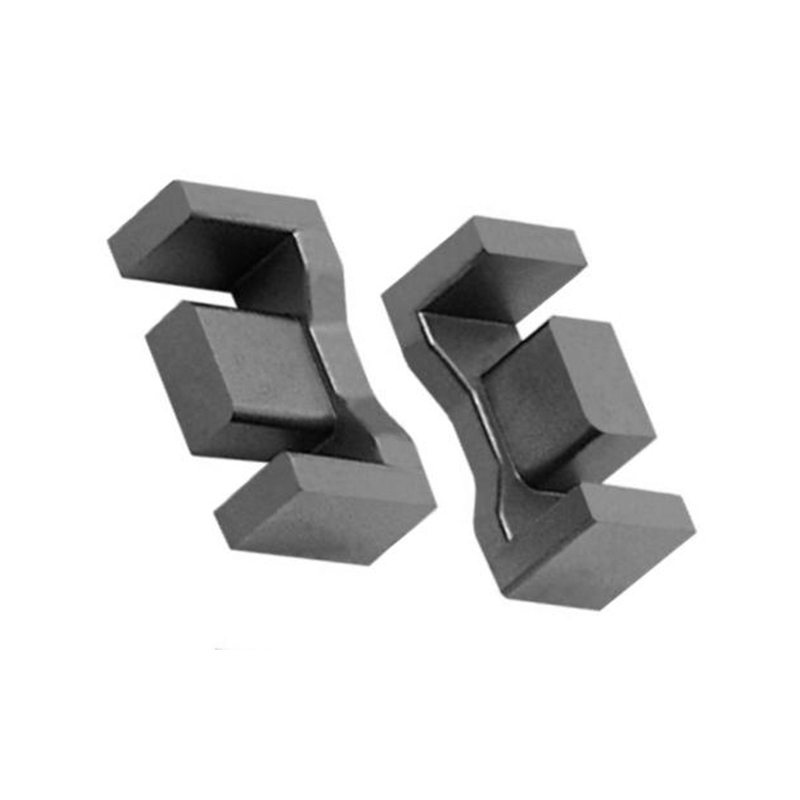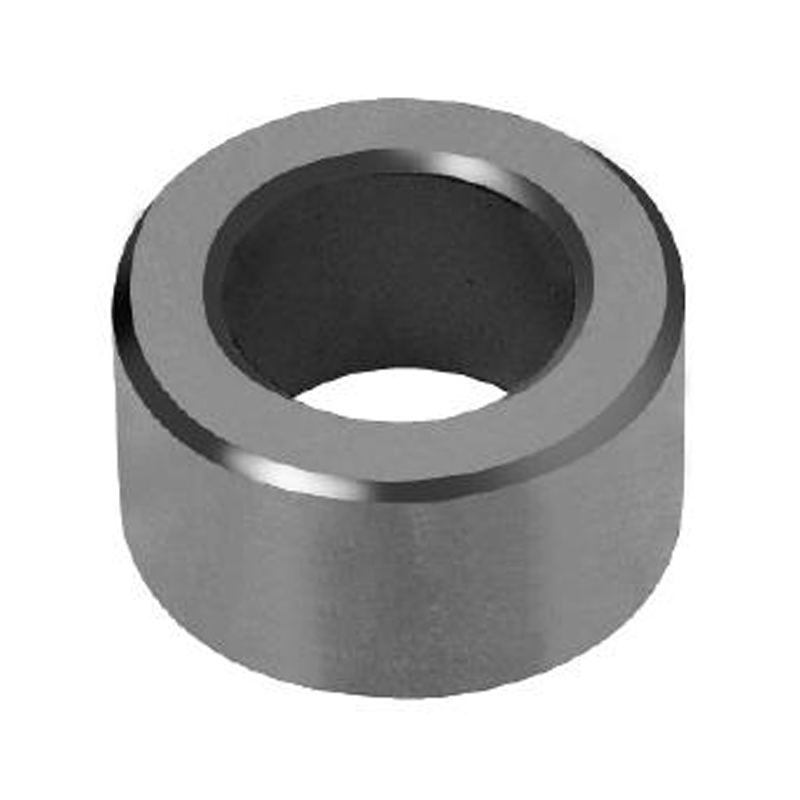How can the thermal stability of Soft Magnetic Ferrites be improved to adapt to high-temperature environments?
Soft Magnetic Ferrites (SMFs) are the workhorses of the electronics world. Their high magnetic permeability and electrical resistivity make them indispensable in applications ranging from power conversion inductors and transformers to high-frequency antennas and electromagnetic interference (EMI) filters. However, as technology pushes into more demanding realms—such as automotive electronics under the hood, aerospace systems, and downhole drilling instrumentation—a critical limitation emerges: thermal instability.
At elevated temperatures, the magnetic properties of standard ferrites, particularly manganese-zinc (MnZn) and nickel-zinc (NiZn) types, can degrade significantly. This manifests as a drop in permeability (μ), an increase in core losses, and a decrease in saturation flux density (Bs). For a power supply operating at 150°C, a ferrite core that performs excellently at 25°C can become a point of failure, leading to inefficient power conversion, overheating, and system breakdown.
Therefore, improving the thermal stability of SMFs is not a matter of incremental improvement but a fundamental requirement for next-generation applications.
Understanding the Roots of Thermal Instability
Before proposing solutions, it is crucial to understand why standard ferrites fail at high temperatures. The primary reasons are intrinsic to their crystal structure and composition.
The Curie Temperature (Tc): This is the fundamental limit. The Curie temperature is the point at which thermal energy disrupts the magnetic domain alignment within the material, causing it to lose its ferrimagnetic properties and become paramagnetic. While Tc for commercial ferrites is typically above 200°C, operating anywhere near this temperature causes a steep, irreversible decline in permeability.
Anisotropy Constant (K1) Compensation: The magnetic anisotropy is the “directionality” of the magnetization within the crystal. At a specific temperature for each ferrite composition, the magnetocrystalline anisotropy constant (K1) passes through zero. This point, known as the magnetocrystalline anisotropy compensation point, corresponds to a peak in permeability. As temperature moves away from this point in either direction, permeability drops. The goal is to engineer this compensation point to align with the desired operating temperature range.
Increased Core Losses: Core losses (Pcv), which consist of hysteresis losses and eddy current losses, increase exponentially with temperature. This is due to decreased resistivity and changes in the domain wall mobility, leading to inefficient energy transfer and significant self-heating that can create a thermal runaway scenario.
Key Strategies for Enhancing Thermal Stability
Improving high-temperature performance is a multi-faceted effort involving precise compositional control, advanced processing techniques, and sometimes, a fundamental re-thinking of the material system.
1. Compositional Engineering and Doping
This is the most powerful and common method for tailoring ferrite properties.
Cation Substitution: The core strategy involves substituting ions in the crystal lattice to shift the anisotropy compensation point to a higher temperature.
For MnZn Ferrites, small, controlled additions of Cobalt (Co2+) are highly effective. Co ions have a positive anisotropy constant that increases with temperature, which can compensate for the negative anisotropy of the Fe3+ ions. By carefully balancing the Co content, manufacturers can create a flatter permeability-temperature (μ-T) curve over a wide range, for example, from 25°C to 120°C or higher.
For NiZn Ferrites, which are inherently more resistant to temperature changes than MnZn, further stability can be achieved by adjusting the Ni/Zn ratio and incorporating additives like Copper (Cu). CuO acts as a sintering aid, allowing for densification at lower temperatures, which helps control grain growth and can improve high-frequency performance at elevated temperatures.
The Role of Minor Additives: Tiny amounts of specific oxides, often less than 1%, can have a profound impact on microstructural and magnetic properties.
Silicon Dioxide (SiO2) and Calcium Oxide (CaO): These additives segregate to the grain boundaries, forming high-resistivity layers. This suppresses eddy current losses, which are a major component of total core losses at high temperatures. A well-engineered grain boundary can maintain high resistivity even as the temperature rises.
Tantalum Pentoxide (Ta2O5) and Zirconium Dioxide (ZrO2): These are used to inhibit excessive grain growth during sintering. A uniform, fine-grained microstructure leads to higher strength and more consistent magnetic properties, reducing the dispersion of properties seen at high temperatures.
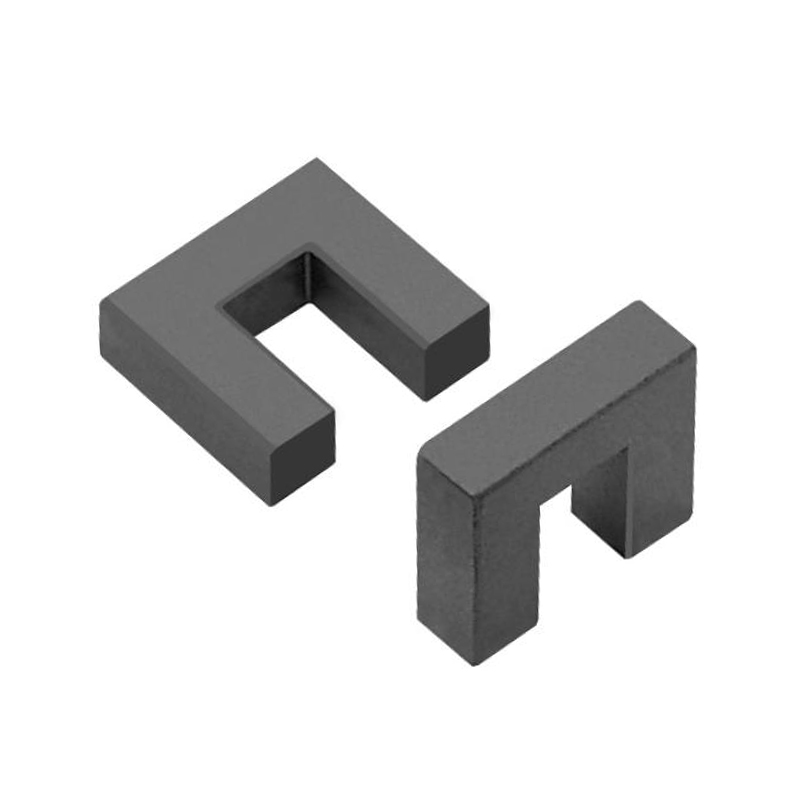
2. Microstructural Control Through Advanced Processing
A ferrite’s magnetic properties are dictated not just by its chemistry but also by its physical structure. Precise control over the manufacturing process is non-negotiable.
Sintering Atmosphere and Profile: The sintering process, where the pressed powder compact is fired to form a dense ceramic, is critical. For MnZn ferrites, a carefully controlled oxygen partial pressure atmosphere is essential. This profile must balance the oxidation states of Mn and Fe ions to achieve high resistivity and the desired microstructure. A slight deviation can lead to the formation of Fe2+ ions, which drastically increase eddy current losses, an effect that is exacerbated at high temperatures.
Achieving High Density and Uniform Grain Size: The ultimate goal is to produce a material with high density (low porosity) and a uniform, controlled grain size. Large, isolated pores and exaggerated grain growth act as pinning sites for magnetic domain walls, increasing hysteresis losses. Modern techniques like hot isostatic pressing (HIP) can be used to achieve near-theoretical density, further enhancing performance stability under thermal stress.
3. Exploring Alternative Base Compositions
While MnZn and NiZn dominate the market, research into other ferrite systems can provide solutions for extreme environments.
Cobalt Ferrites (CoFe2O4): While traditionally considered “hard” magnets, specific compositions of cobalt ferrites can be engineered to exhibit soft magnetic characteristics with a very high Curie temperature (>500°C). Their development for high-temperature, high-frequency applications is an active area of research.
Magnesium-Zinc (MgZn) Ferrites: These ferrites offer good temperature stability and high resistivity, making them suitable for certain high-frequency applications where losses must be minimized over a temperature range, though they typically have lower permeability than MnZn ferrites.
Conclusion: A Balanced Approach for Demanding Applications
There is no single “magic bullet” for creating the perfect high-temperature soft magnetic ferrite. Instead, success is found in a synergistic approach:
Precise Formulation: Start with a base composition tailored for the target operating range and judiciously use dopants like Cobalt to flatten the μ-T curve.
Process Rigor: Implement stringent process controls during sintering and use minor additives to engineer high-resistivity grain boundaries and a uniform, fine-grained microstructure.
Application-Specific Design: The final choice is always a trade-off. A material optimized for high-temperature stability might have a slightly lower initial permeability at room temperature. Engineers must work with material data sheets that provide full property curves across the intended temperature and frequency range.
Through continued research in material science and process engineering, soft magnetic ferrites are steadily evolving to meet the thermal challenges of modern electronics. By understanding and applying these principles of compositional and microstructural control, we can ensure these vital components continue to perform reliably, even when the heat is on.

 中文简体
中文简体